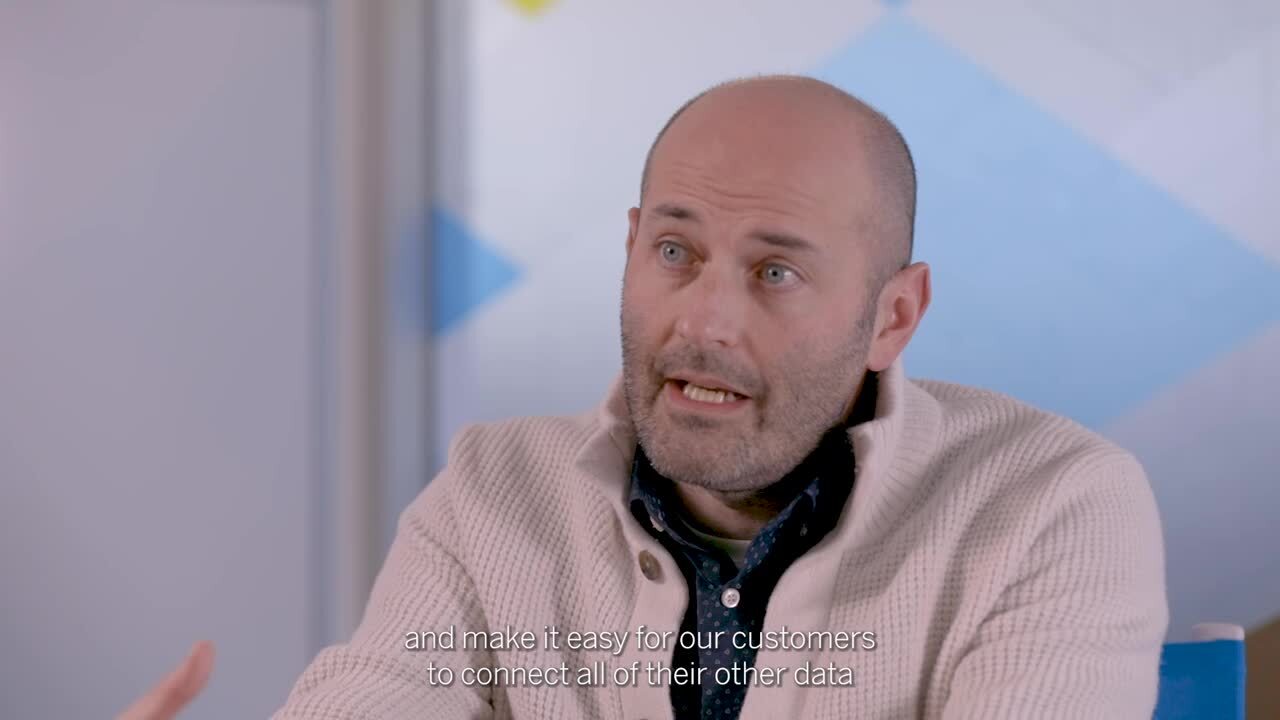Why Connected Is Key with Common Data Environments
- McKinsey & Company, From start-up to scale-up: Accelerating growth in construction technology
- As the construction industry embraces digital transformation, data fragmentation has emerged as a critical challenge.
- Enter the common data environment (CDE). Widely touted as the cornerstone of connected construction, CDEs can be the catalyst for improving collaboration among the many people and technologies involved in a project.
- Conventional wisdom advises that there should be a single CDE for each project, which each stakeholder can access and contribute to.
- While that seems like an ideal scenario, it doesn’t align with the reality of the construction landscape. A single project can involve dozens or more separate teams, each with their own requirements for technology.
- Considering the complexity and sheer volume of people and data involved in construction projects, should we be more focused on centralizing data or connecting it?
- In this article, we’ll uncover the reasons why thinking connected is critical to realizing the promise of common data environments.
The reality of how common data environments are used
CDEs fill the need for a tool that can aggregate construction data and make it accessible across project teams and throughout the asset lifecycle. While it seems ideal to use a single system for every stakeholder at every stage of a project, it’s not realistic. In reality, most projects require multiple CDEs, which can be attributed to several factors:
- Lack of standardization around data governance and data management among internal and external partners creates the need for the multiple systems.
- In the interest of protecting proprietary data and maintaining data ownership, project stakeholders may prefer to keep some information in their own system.
- The complexity of projects requires large volumes of data, all of which isn’t useful for every stakeholder.
- The client or owner may determine which CDE is used for a project, but it may not meet every stakeholder’s needs.

The connected common data environment, part 1: The why
Because of this reality, it’s time to shift the perspective around CDEs. Instead of prioritizing a single common data environment, which will never suit the needs of the many stakeholders involved in a project, we should shift to embracing a network of connected common data environments.
With a connected data environment, multiple CDEs for different stakeholders can communicate with one another.
The key to a connected common data environment is interoperability
One CDE can’t — and shouldn’t — satisfy all of the needs of the teams working on a construction project. But using different systems can lead to data integration challenges. Considering that data integration is a major barrier to digital transformation, it’s essential to address this issue while also respecting the need for technology choice.
— KHL, Construction Technology Survey
The key to developing a connected construction ecosystem where detailed, large amounts of data can flow quickly, effectively, and at scale, is interoperability. Interoperability allows disparate technologies, regardless of their use case or their manufacturer, to work in concert.
In recognition of the need for better connectivity among construction technologies, several industry organizations are developing standards for interoperability. For example, the European Network for Digital Building Permits is defining a common strategy for building permitting, with interoperability being a key objective. And the OpenBIM project is creating vendor-agnostic BIM processes designed to facilitate interoperability. Tekla participated in the development of the OpenBIM standards together with buildingSMART, OGC, ISO, CEN and others. Trimble continues to be a partner and advocate of buildingSMART as OpenBIM becomes more widely adopted throughout the world. In addition to contributing to the development of AEC industry standards, Trimble is embracing API and communication standards to improve connectivity between disparate systems even further. These initiatives are part of a broader industry shift away from closed technology suites to more flexible, open, and connected technology ecosystems.
Features and functionalities to look for in a connected CDE
As the central component of a connected construction ecosystem, a CDE must be interoperable with various technologies, ranging from modeling tools, to machine control, to other CDEs.
To ensure that you adopt a CDE that enables you to collect and analyze disparate data, make better-informed decisions, and collaborate more efficiently with internal and external partners, look for these features and functionalities.
Out-of-the-box collaboration
A connected CDE is built to work at full functionality with other technologies, regardless of the provider. It allows you to maximize automation and streamline workflows between internal and external teams. Look for the following collaborative features:
- API-First mentality: Data shouldn’t be locked into a particular product or ecosystem. A CDE that’s created to be API-first, like Trimble Construction Cloud, allows for easy integrations between third-party tools and other Trimble products.
- Open and accessible data: A common language is key to interoperability. Standards like Industry Foundation Classes (IFC) and the Geography Markup Language (GML) enable data to flow seamlessly between technologies without sacrificing quality.
- Common project functionality: The concept of a “project” is likely to differ for the various technologies you use across departments. A CDE with common project functionality allows you to set a standard definition of a project across cloud-enabled systems within your internal tech suite. It serves as the foundation not only to collaborate and bring together with various stakeholders but also communicate and coordinate around different stages of the construction lifecycle.
Scalability and extensibility
Your technologies, teams, and project types will change over time. A connected CDE should have the ability to scale and adapt to new systems, technologies, workflows and company processes. As your technology requirements and use cases evolve, the CDE should be extensible enough to adapt with you to make sure data flow is consistent and integrated across software and platforms. Whether it’s big data requirements, frequency of user activity or handling and processing of complex data and models — a connected CDE should be able to scale along with your requirements, all the while being dependable and reliable to give you the level of confidence and trust you need to keep your projects and day-to-day operations flowing smoothly.
Choose a solution from a provider that is anticipating these future requirements and that is aiming to connect software systems together rather than keeping data in silos. A connected CDE should provide the infrastructure for extensibility - allowing for third party integrators or customers to develop custom solutions or applications on top of the CDE. A connected CDE should make it easy for other software, systems and platforms to integrate via the use of public APIs and utilizing BIM standards so your data, workflows and processes can be utilized throughout your organization.
Security and authorization
With so much data flowing between various organizations, teams, and devices, a connected CDE offers multiple layers of security. This should include features like read/write access, as well as an audit trail of changes made within the system. Compliance with international security standards is a key security strategy we employ, such as adhering to ISO 27001 guidelines. While securing all customer data is critical, we pay extra attention to protecting personal data in accordance with regulatory frameworks such as GDPR.
Granular access controls should enable data owners to dictate who has access to what data, within specific contexts, and for particular timeframes. A robust enterprise CDE puts the end customer in the driver’s seat, while enforcing common sense controls and safe default security preferences.
Account-level data availability and discovery
A connected CDE allows for flexibility in how information is stored and retrieved. A CDE that can store account-level information allows you to surface relevant, private client data more efficiently. For example, a new surveyor can access historical data related to survey and scan from the account level. This prevents you from having to perform the same surveying activities multiple times and supports faster onboarding for new employees.
Role-based access
A connected CDE provides the right information to the right people at the right time. Look for a solution that allows you to tailor access to users based on their role and stage of the project timeline.

The common connected data environment, part 2: How Trimble sees it
Unlock the benefits of a connected common data environment
As the construction industry’s technological evolution continues, it’s good to have a competitive marketplace of solutions to choose from. As a technology user, you shouldn’t be forced into a particular vendor ecosystem that may not suit all of your needs today, and likely won’t in the future.
A connected CDE sets the foundation for you to build a future-proof tech suite without being locked in to a particular vendor. When you can share data seamlessly among internal teams, partners, and clients, you can unlock new efficiencies, boost collaboration, and deliver projects more effectively.
Trimble is committed to improving industry collaboration. Our solutions combine interoperability and powerful out-of-the-box features so you can reap the full benefits of a common data environment.
Contact Trimble to learn more about how a connected CDE can help you.